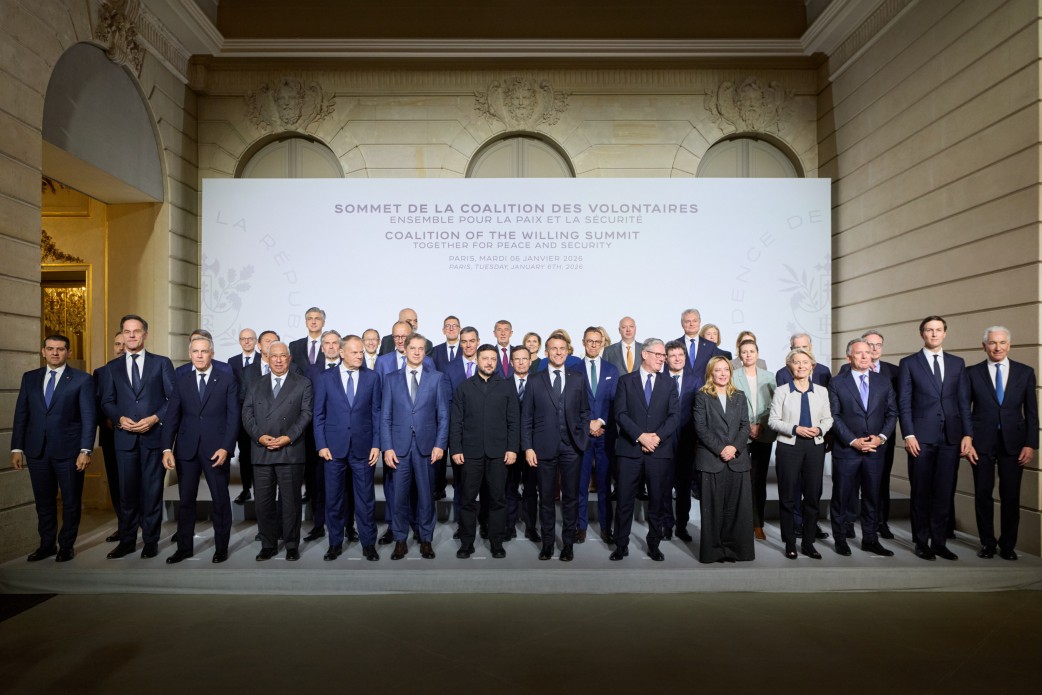Food diplomacy: the French influence on Odessa dishes (but probably is Neapolitan)
Napoleon cake is a very popular millefoglie (puff) pastry with custard, that you can find in almost all the restaurants, café and supermarket in Odessa. The secret of a good Napoleon cake is the quality of the cream and the smoothness of the dough. The dessert has usually a rectangular shape, with crumbs on the top.
Legends on the cake Napoleon
The story about the origin of Napoleon's cake is very complicated and relies on several legends at once.

One of the most likely versions claim that the cake has nothing to do with Napoleon. Instead, it was invented in Italy by Neapolitan bakers. They created this concept of soaking layers of dough with custard and called the cake “Napolitano†(from Naples). Therefore, the modern name of the cake is a distortion of the word: from Napolitano to “Napoleonâ€.
In this form, the cake arrived to the court of France and was renamed the Royal Galette. In the Russian Empire, the "Neapolitan" came along with fugitive French aristocrats during the French Revolution. It is worth mentioning that the two most famous mayors of Odessa, Duc de Richelieu and Count de Langeron, were among these emigrés.
Another version, confirming the Neapolitan origin of the pastry, is based on the strong commercial ties between Odessa and Naples, since its foundation. The first leading class of the City was composed by Italians coming from the Kingdom of the Two Sicilies, brought by the Neapolitan founder of Odessa, José de Ribas. Among the specialties of the Italian inhabitants of Odessa there was precisely bakery.

Ironically, there is still in Italy a very popular version of the cake, bearing a French name: “millefeuilleâ€.
A purely historical version, determines the appearance of the dessert in Russia for the first time at the beginning of the 20th century, on the 100th anniversary of the retreat of La Grande Armée from Russia. The puff pastry cake was made in the shape of a triangle and sprinkled on top with crumbs, symbolising the Napoleon's famous cornered hat and the severe snowy winter, which the French soldiers suffered a lot during the retreat. For a long time in Russia, the tradition of cutting Napoleon into such fractions remained, only later it began to be presented in the form of rectangles. In Soviet years, the Napoleon cake became one of the most popular desserts.

But the history of the origin of Cake Napoleon cannot be imagined without a direct reference to the French emperor Bonaparte. A romantic legend says that the Napoleon Bonaparte wanted to court one of the maids of honour of his wife Josephine. And he was caught at the crime scene, into the arms of the woman. Then, Napoleon tried to convince his angry spouse that in the ear of the servant he was whispering not love words, but the recipe for a new cake. The next day, a new dessert was served at the table, as an evidence of the faithful behaviour of the Emperor. The name of the cake is after that story.
However, this version is too sweetened to be taken seriously.



















